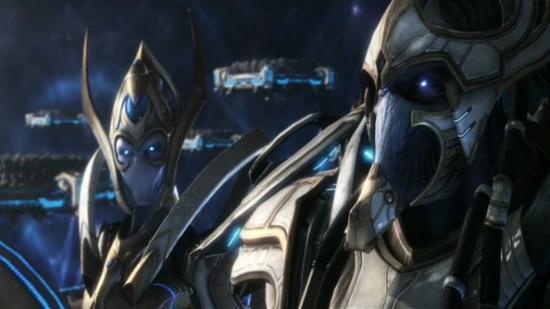A new StarCraft expansion is just around the corner, making it nerd-Christmas for all the RTS fans out there or, more specifically, me. A familiar excitement has returned in anticipation for Legacy of the Void, one I’ve felt only twice since 2010 that comes coupled with the knowledge I’ll be playing until my eyes hurt. I am, without a doubt, the quintessential fan and here’s why I’m going back for the final part of the trilogy, plus why you should be too.
The end to a ten year project
As I discussed with lead producer Chris Sigaty in our interview at the WCS Finals this year, this is the end of a long project for Blizzard. That means not only should it be a climactic finalé to the story, but there’s no room for anything to be left on the table. No matter what plans may be revealed at Blizzcon for how the game will be supported in coming months and years, this is the culmination of more than a decade of designing StarCraft II’s excellent single-player campaigns. Whatever you may think of the story, another twenty or so of those missions are a welcome treat. Plus: The Blizzard cinematic reward at the end. Yes.
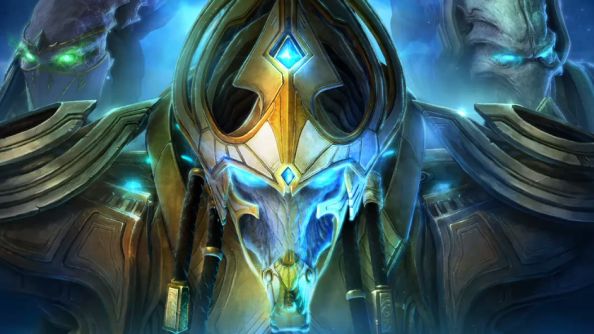
The Protoss moment
Now is the time that the Protoss get to have their big, unique impact on the universe, just as the Terrans and Zerg did before. This comes in the form of not only the galaxy-altering story beats that will inevitably play out, but the way the Protoss fight is a significant departure from what has come before. They’re tougher, more valuable as individuals and bring their super-tech to bear on the battlefield. That’s coming as the Spear of Adun, a massive flagship that will rain death, troops or whatever else you might need from the sky throughout the campaign.
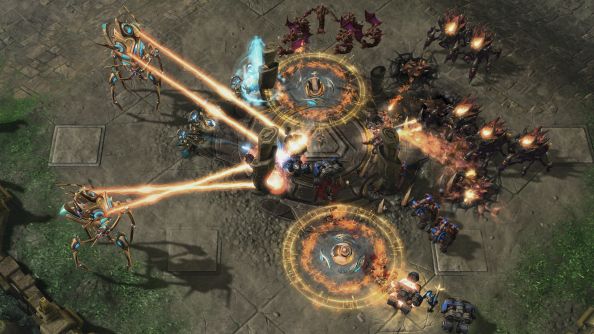
A competitive reboot
StarCraft II is more than just the single-player, with a worldwide legacy of e-sports built on its years at the top. It’s unlikely that Legacy of the Void will return it to the peak of competitive gaming, but it is making some big changes to the formula to keep things fresh. Starting worker counts have been adjusted to get armies building faster and actual decisions made sooner. Resources per base are also changed to force less turtling, more fighting and therefore better games. Despite a long, long beta phase, we still don’t know exactly what effect this will have at the highest level as the best players have been concentrating on the final season of Heart of the Swarm, which ends just days before the expansion comes out. Seeing what they find over the next months will be fascinating.
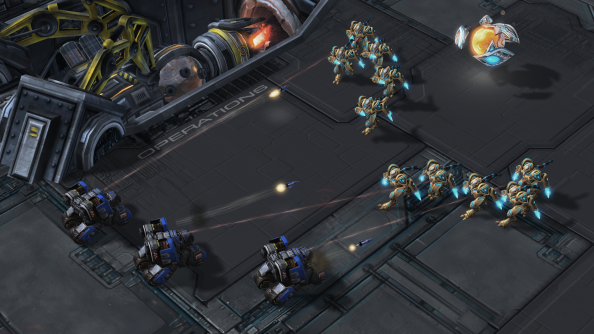
New units
On top of all that are the usual additions to the game in the form of new units and abilities for every faction. They’ve all gone through multiple big changes throughout the beta and are still very volatile. Blizzard have aimed for them to be as impactful as possible, with the knowledge they’ll be able to tone them down if needed. Expect to see a lot of hits from the Protoss Adept in particular, who has constantly been at the top of broken lists with its combo of high-damage and high speed. Meanwhile The Liberator has been serving as a flying siege tank for the Terrans with all the horrifying implications that holds. Balancing has been a challenge there too. The Zerg have perhaps the most exciting addition, Lurkers returning from Brood War to provide burrowed, line-based death. Playing with and watching these new options will be a very different experience.
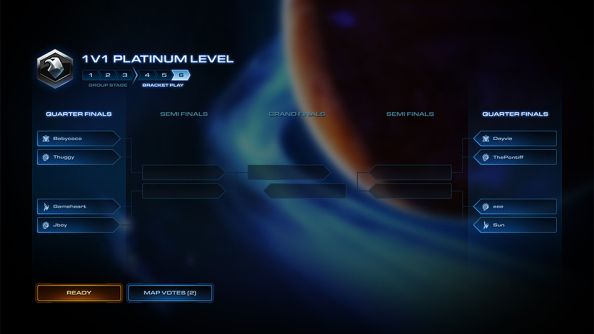
Automated tournaments
Legacy of the Void is bringing with it a whole new way to play ranked games in the form of automated tournaments. These are specifically-timed brackets of players that will battle against each other in a single-elimination format on weekdays, or larger 6-round tournaments with a group stage at the weekends. Rather than the somewhat endless grind of the ladder, this gives a more structured way to progress up the ranks and limits game length to 25 minutes to allow it to fit into specific periods. It’s a good way to practice for the major leagues when it comes to aspiring pros, while the more casual player will appreciate the strict schedule.
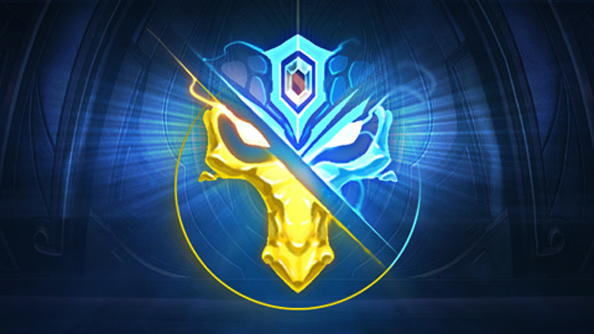
Archon mode
This casual-competitive new game mode is already proving more popular than I was expecting. Allowing two players to control one faction on the battlefield, it maximises their potential playing skill by splitting the workload of a game between the two. For you and me, that means getting a friend to do all the macro work while you micro the army, and leaves you someone to blame when it all goes wrong. However, at the pro level, it has proven popular as a hyper-competitive 2v2 mode where the game’s most talented individuals can force even more productivity and explosive effect out of their armies. It’s unlikely to replace 1v1 as the primary focus of the StarCraft pro scene, but I’m excited to find out just how far it can go as an e-sport in its own right.
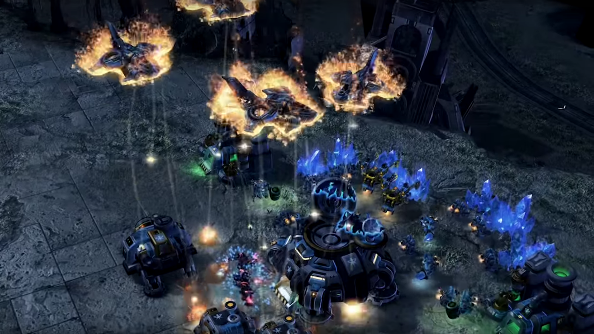
Co-op mode
Previously known as Allied Commanders, co-op mode is a series of pre-constructed missions that allow you and a friend to take characters from the StarCraft universe into battle and use their unique abilities to bring hot death and gain victory. Clearly inspired by the popularity of MOBAs and the ‘commando’ missions of Warcraft 3, co-op is a totally different way to play SC2 and gives it some much needed non-competitive multiplayer to spice things up. Story-lite and gameplay-focused, the exact structure and number of missions isn’t known at this time but you will be improving your character as you play, levelling them up to access new abilities. Each race has more than one possible commander, letting you pick a playstyle that suits you and your partner.
That’s what I’m excited for, anyway. What’s got you all hot and StarBothered? Let us know in the comments below.
